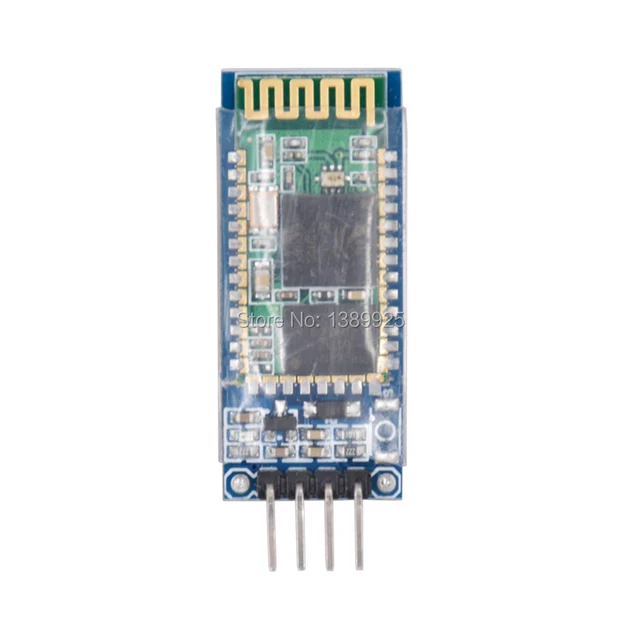Komunikasi Serial Arduino

Now if you open your Arduino serial monitor at a baud rate of 9600, you’ll see a message appearing in your window saying “HI!” every 1 second. Schematics (3.3V FTDI Programmer), follow the next schematics to establish a serial communication between your FTDI programmer and your ESP8266 to upload some code. Downloading ESPlorer IDE I recommend using the ESPlorer IDE which is a program created by 4refr0nt to create and save Lua files into your ESP8266.
Arduino (dalam proyek ini saya menggunakan arduino nano). 5 buah led untuk indicator komunikasi serial ke arduino; kabel jumper secukupnya. Pada dasarnya komunikasi serial I2C telah kita aplikasikan penggunaannya pada blog ini yaitu komunikasi antara Arduino Microcontroller dengan modul clock DS1307. Jun 15, 2018 - Serial Communication between ESP2866-12 (NODE-MCU) and Arduino to increase the number of analog pins as my primary work.
Follow these instructions to download and install ESPlorer: • to download ESPlorer • Unzip that folder • Go to the main folder • Run ESPlorer.jar • Open the ESPlorer (as shown in the Figure below). Writing Your ESP8266 Script Copy and paste the code below into ESPlorer IDE window. -- Rui Santos -- Complete project details at ledOn = 0 pin=4 gpio.mode(pin,gpio.OUTPUT) uart.on('data', 3, function(data) print('Received from Arduino:', data) if data=='HI!' Then if ledOn==0 then ledOn = 1 gpio.write(pin,gpio.HIGH) print('LED On') else ledOn = 0 gpio.write(pin,gpio.LOW) print('LED Off') end end end, 0). Summary: The ESP is configured to listen to serial communications. Every time that receives the string “HI!” at a baud rate of 9600, it will turn the GPIO 2 on or off.  Uploading Your Script When you open the ESPlorer IDE you should see a window similar to the preceding Figure, follow these instructions to send commands to your ESP8266: • Connect your FTDI programmer to your computer • Set bad raute as 9600 • Select your FTDI programmer port (COM3, for example) • Press Open/Close • Select NodeMCU+MicroPtyhon tab • Copy the your Lua script into ESPlorer Then you simply click the button Save to ESP and save your file with the name “init.lua”. Everything that you need to worry about or change is highlighted in red box in the following Figure.
Uploading Your Script When you open the ESPlorer IDE you should see a window similar to the preceding Figure, follow these instructions to send commands to your ESP8266: • Connect your FTDI programmer to your computer • Set bad raute as 9600 • Select your FTDI programmer port (COM3, for example) • Press Open/Close • Select NodeMCU+MicroPtyhon tab • Copy the your Lua script into ESPlorer Then you simply click the button Save to ESP and save your file with the name “init.lua”. Everything that you need to worry about or change is highlighted in red box in the following Figure.

Final Circuit Follow the next schematics to complete this tutorial. Note: I’m using a voltage divider to shift the TX signal of the Arduino from 5V to 3.3V. This works well for slow baud rates, but it might not work at faster baud rates. For more information about lowering the voltage of signals. Demonstration Now your LED should be blinking every one second.
However we are affiliated not all but with some software companies and some posts may contain affiliate links. Free download quick heal total security 2013 trial resetter. We are not responsible for any data loss / business loss, device corruption or any other type of loss due to the use of any software or command mentioned in our posts.